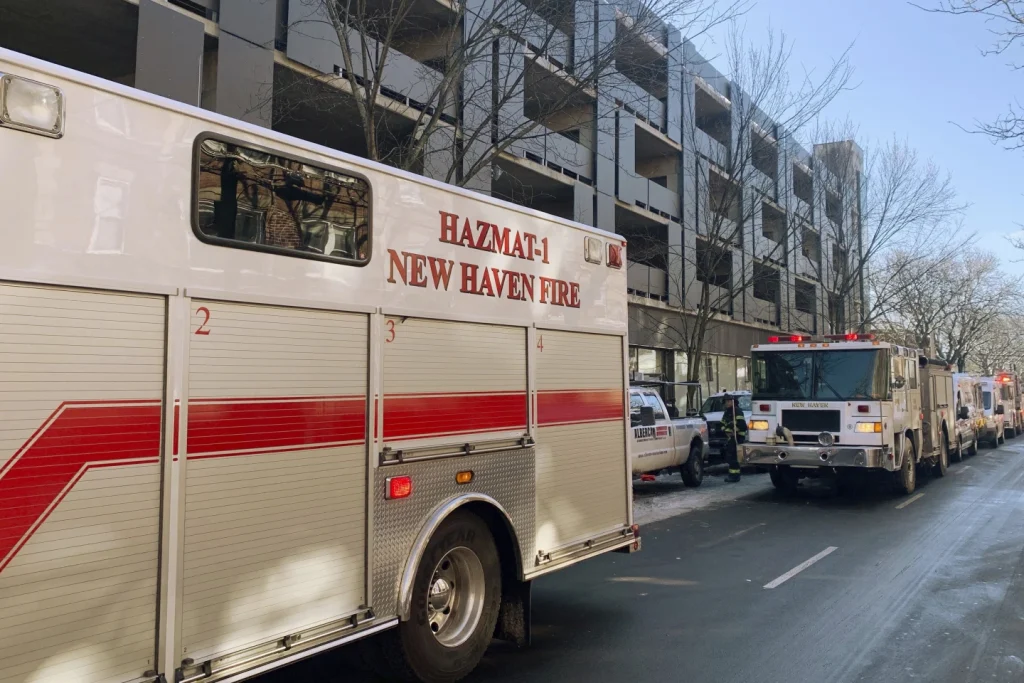As winter weather continues to grip much of the United States, it is important for individuals to be aware of the various hazards that come with trying to stay warm and safe during this arctic blast.
From carbon monoxide poisoning to hypothermia and frozen pipes, there are a number of dangers that people need to be prepared for and take precautions against.
One of the primary dangers during a winter storm is the risk of carbon monoxide poisoning. As people rely on their home heating systems to stay warm, the prolonged use of furnaces, stoves, and heaters can increase the production of deadly carbon monoxide fumes.
The U.S. Centers for Disease Control and Prevention warns that carbon monoxide can also be generated by the use of portable generators or running cars in garages to stay warm or charge electronic devices.
Dr. Alex Harding, an assistant professor of emergency medicine at the Baylor College of Medicine in Houston, emphasizes the insidious nature of carbon monoxide poisoning.
Because the gas is odorless and colorless, individuals may not be aware that they are being exposed to it. The symptoms can range from mild, such as headaches and nausea, to severe, including loss of consciousness and seizures.
It is crucial for people to be aware of these symptoms and seek medical attention if they suspect they may be experiencing carbon monoxide poisoning.
In addition to the risk of carbon monoxide poisoning, there is also the threat of hypothermia as temperatures plummet during winter storms.
It is important for individuals to stay indoors and keep warm, but it is equally important to do so safely. Houston Fire Chief Samuel Peña emphasizes the importance of not operating generators inside homes or garages, as this can lead to a buildup of carbon monoxide.
He stresses that safety should never be sacrificed for the sake of warmth.
Furthermore, the freezing temperatures can also lead to frozen pipes, which can burst and cause extensive damage to homes.
It is essential for individuals to take precautions to prevent this from happening, such as insulating pipes and allowing faucets to drip to prevent freezing.
To mitigate these winter weather hazards and keep themselves safe, individuals should take proactive measures to prepare for the harsh conditions.
This can include ensuring that heating systems are properly maintained and vented, installing carbon monoxide detectors in the home, and being aware of the symptoms of carbon monoxide poisoning and hypothermia.
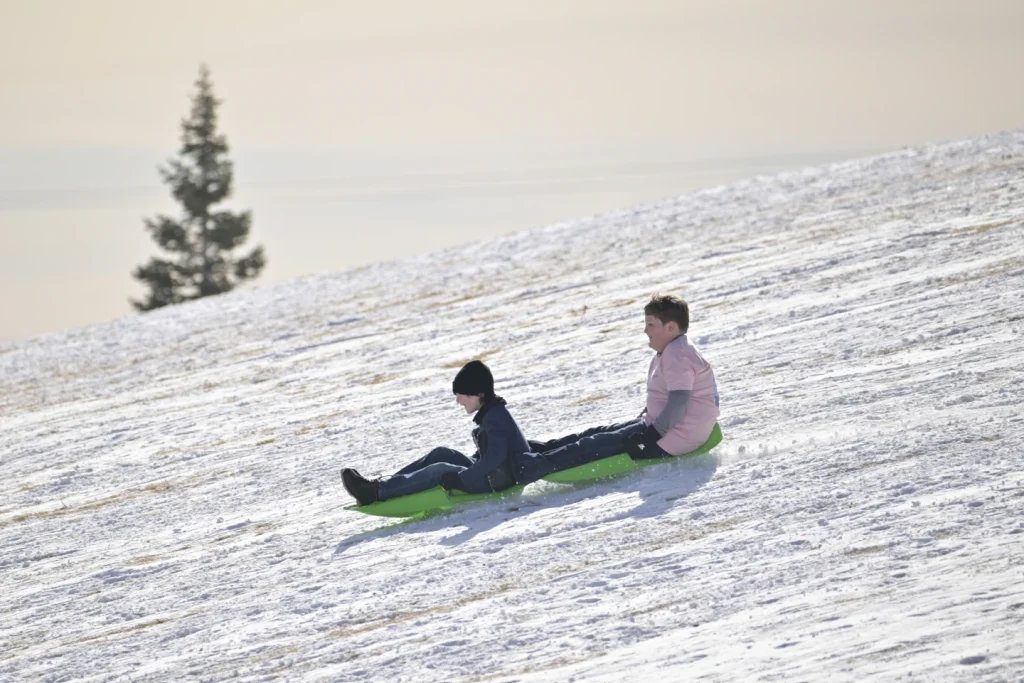
Additionally, it is important to have an emergency plan in place and to be prepared with supplies such as blankets, flashlights, and non-perishable food in case of power outages.
In conclusion, the arctic blast of winter weather brings with it a number of hazards that individuals need to be aware of and prepared for in order to stay safe and warm.
By taking proactive measures and being mindful of the risks, people can protect themselves and their families from the dangers of carbon monoxide poisoning, hypothermia, and frozen pipes.
It is crucial for everyone to prioritize safety during this challenging time and take the necessary steps to mitigate the potential dangers of winter weather.
Prolonged exposure to frigid temperatures can put people at risk of hypothermia, a condition that occurs when the body loses heat faster than it can produce it.
Hypothermia is a serious concern, especially in situations where there is uncertainty about power grids or electricity failing. It is important to be aware of the dangers of hypothermia and take necessary precautions to prevent it.
The risk of hypothermia is higher for individuals who are outside, exposed to wind gusts, and are not wearing appropriate clothing or have clothing that gets wet.
It is crucial for individuals to have a safe and warm place to hunker down, where they have access to water, food, and other necessities to limit their exposure to the risks of hypothermia.
Vulnerable populations, such as people with disabilities or those who are homeless, face challenges in finding a warm and safe place to stay during cold weather.
In Houston, officials have been working to improve services for disabled individuals and homeless people during winter weather and other emergency situations, such as natural disasters.
Julian Ochoa, the Houston Office of Emergency Management’s emergency preparedness manager for vulnerable populations, has been instrumental in these efforts.
It is essential for communities to come together and support vulnerable populations during times of extreme weather conditions.
This includes providing access to shelters, warm clothing, and essential supplies. It is also important for individuals to be educated on the signs and symptoms of hypothermia and to seek help if they or someone they know is at risk.
In conclusion, hypothermia is a serious condition that can have severe consequences if not addressed properly.
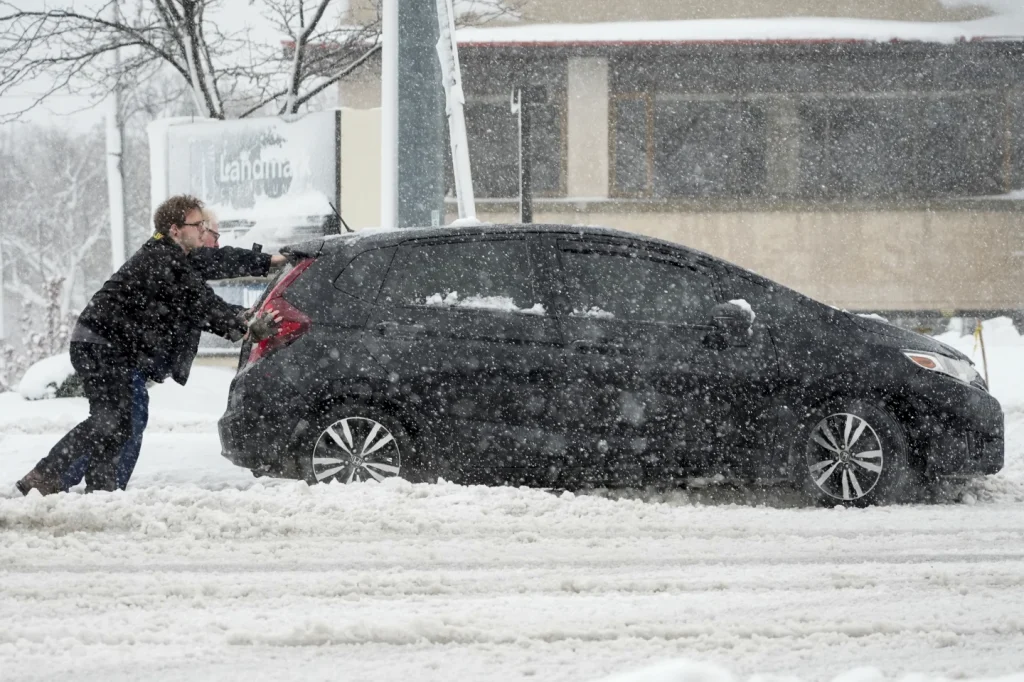
It is crucial for individuals, communities, and officials to work together to ensure that vulnerable populations are protected and have access to the necessary resources during cold weather.
By taking proactive measures and being aware of the risks, we can effectively deal with hypothermia and prevent its potentially harmful effects.
The issue of frozen pipes in homes, especially during severe winter conditions, is a significant concern for residents, particularly in regions like Houston and other parts of the South.
The potential for damage to a home’s plumbing system due to freezing temperatures is a problem that requires proactive measures to mitigate.
In this essay, we will explore the importance of protecting your home’s pipes, the potential consequences of failing to do so, and practical steps to prevent frozen pipes.
Frozen pipes pose a threat to homes, particularly in regions where severe winter weather is not the norm. The risk is amplified in areas such as Houston, where equipment is often located outside of structures.
However, it is crucial to recognize that this issue is not confined to specific regions, as other parts of the country also face similar challenges.
The impact of frozen pipes can be severe, leading to burst pipes, water damage, and costly repairs. Therefore, it is imperative to take proactive steps to safeguard the plumbing system in every home.
Jose Parra, a master plumber with Abacus Plumbing, Air Conditioning & Electrical in Houston, has provided valuable insights into addressing this issue.
Parra advises homeowners to insulate any pipes that are exposed to the outside, turn off and drain sprinkler systems, and let faucets inside the home drip during freezing temperatures.
These measures are essential in allowing water to run through the pipes and protect them from freezing. Parra emphasizes that a significant portion of the issues he encounters could have been prevented with minimal effort and foresight.
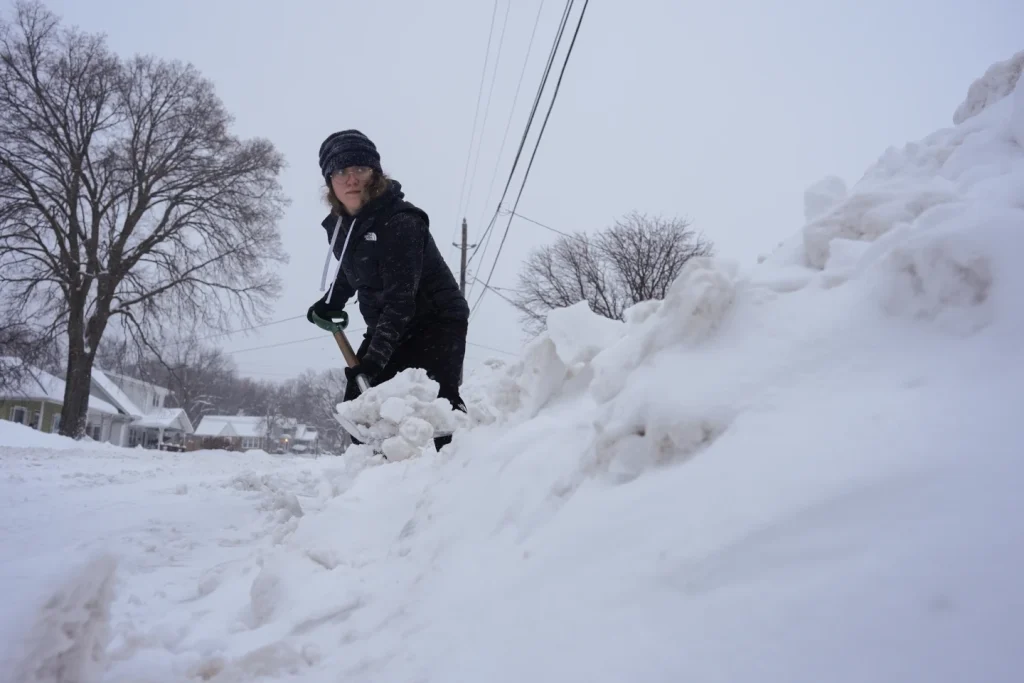
To protect your home’s pipes from freezing, it is crucial to take proactive steps. Insulating exposed pipes is a fundamental measure to prevent them from being affected by external temperatures.
By installing insulation around these pipes, homeowners can effectively shield them from the cold. Additionally, turning off and draining sprinkler systems before freezing temperatures set in can prevent water from freezing within the pipes, thereby averting potential damage.
Allowing faucets inside the home to drip during freezing temperatures is another practical step to ensure that water continues to flow, preventing the pipes from freezing.
Failing to protect your home’s pipes from freezing can result in dire consequences. The most significant risk is the potential for pipes to burst due to the expansion of frozen water within them.
This can lead to extensive water damage within the home, requiring costly repairs and restoration efforts.
Furthermore, the disruption caused by burst pipes can be a significant inconvenience to homeowners, impacting their daily lives and adding stress to an already challenging situation.
The insights provided by experts like Jose Parra underscore the importance of proactive maintenance in safeguarding a home’s plumbing system.
By taking simple yet effective measures to protect pipes from freezing, homeowners can avoid the considerable financial and logistical burdens associated with burst pipes.
It is essential to recognize that the effort and resources invested in preventive maintenance far outweigh the potential costs and disruptions resulting from neglecting this crucial aspect of home care.
Protecting your home’s pipes from freezing during severe winter weather is a responsibility that every homeowner should prioritize.
The guidance provided by experts like Jose Parra serves as a reminder of the proactive measures that can be taken to mitigate the risks associated with frozen pipes.
By insulating exposed pipes, turning off and draining sprinkler systems, and allowing faucets to drip during freezing temperatures, homeowners can effectively safeguard their plumbing systems.
Ultimately, the effort invested in preventive maintenance is a small price to pay compared to the potential consequences of neglecting this critical aspect of home care.
Thank you for bringing attention to the issue of protecting home’s pipes from freezing during severe winter weather conditions.
It is indeed a significant concern, especially in regions like Houston and other parts of the South. The potential damage to a home’s plumbing system due to freezing temperatures is a problem that requires proactive measures to mitigate, and your essay provides valuable insights into this matter.
I appreciate the expert advice provided by Jose Parra, a master plumber with Abacus Plumbing, Air Conditioning & Electrical in Houston.
His recommendations to insulate exposed pipes, turn off and drain sprinkler systems, and let faucets inside the home drip during freezing temperatures are practical and essential measures to prevent frozen pipes.
It is evident that a significant portion of the issues encountered by experts like Parra could have been prevented with minimal effort and foresight, highlighting the importance of proactive maintenance.
The consequences of neglecting to protect home’s pipes from freezing are dire, as you have rightly pointed out.
The risk of pipes bursting due to the expansion of frozen water within them can lead to extensive water damage and costly repairs.
Furthermore, the disruption caused by burst pipes can be a significant inconvenience to homeowners, impacting their daily lives and adding stress to an already challenging situation.
Therefore, the importance of proactive maintenance in safeguarding a home’s plumbing system cannot be overstated.
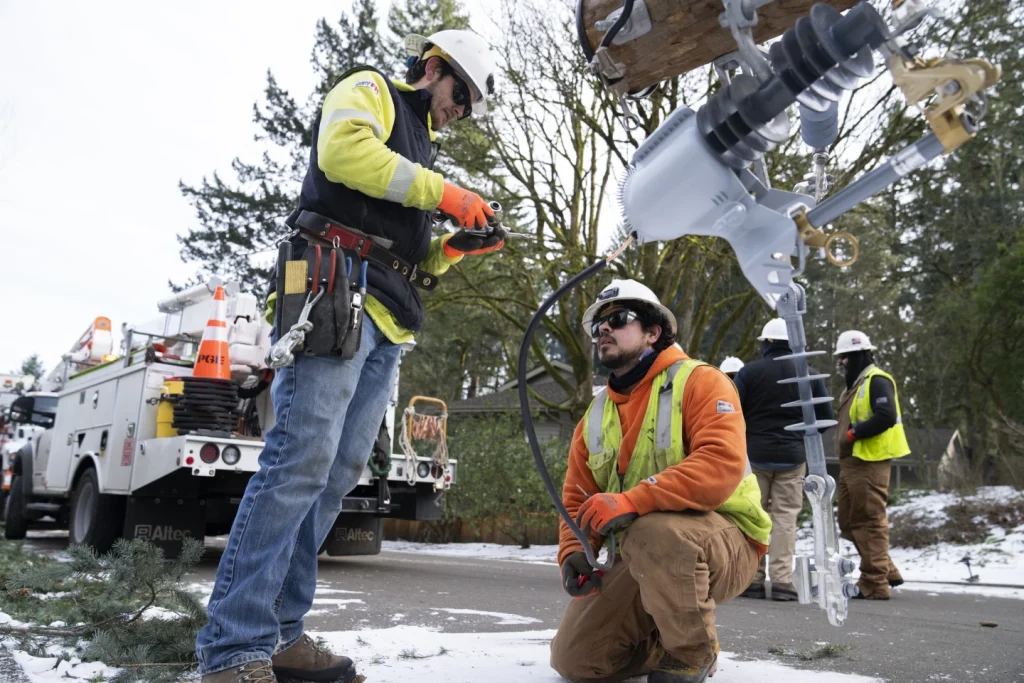
In conclusion, your essay serves as a valuable reminder of the proactive measures that can be taken to mitigate the risks associated with frozen pipes.
By insulating exposed pipes, turning off and draining sprinkler systems, and allowing faucets to drip during freezing temperatures, homeowners can effectively safeguard their plumbing systems.
Ultimately, the effort and resources invested in preventive maintenance far outweigh the potential costs and disruptions resulting from neglecting this crucial aspect of home care. Thank you for sharing this important information.
